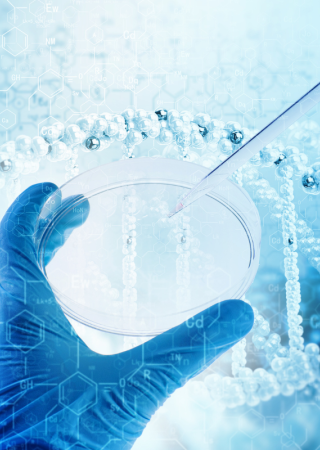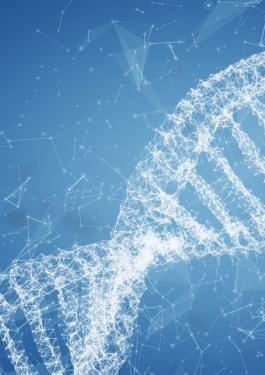Environmental DNA
Environmental DNA (eDNA) testing is a scientific tool available to augment, or replace conventional ecological survey methods for the detection of species of management interest. It is particularly advantageous for detecting aquatic species that are of low population density and hard to otherwise observe, such as species at risk or early detection of invasive species.
Genome Canada Announcement
Thursday, July 22, 2021 - New genomic projects will make natural resources and environment sectors more resilient to climate change
Over $24 million in federal investment to strengthen environmental sustainability and protection.
Bureau Veritas is pleased to support the development and application of eDNA tools with the iTrackDNA project. iTrackDNA will deliver 100 new eDNA assays for species of management concern while developing standards that will promote quality design and application of eDNA tools for the management of Canadian natural resources.
Learn More about the funding:
Genome Canada - Genome BC - Genome Québec
Related Articles
eDNA Testing
Download








